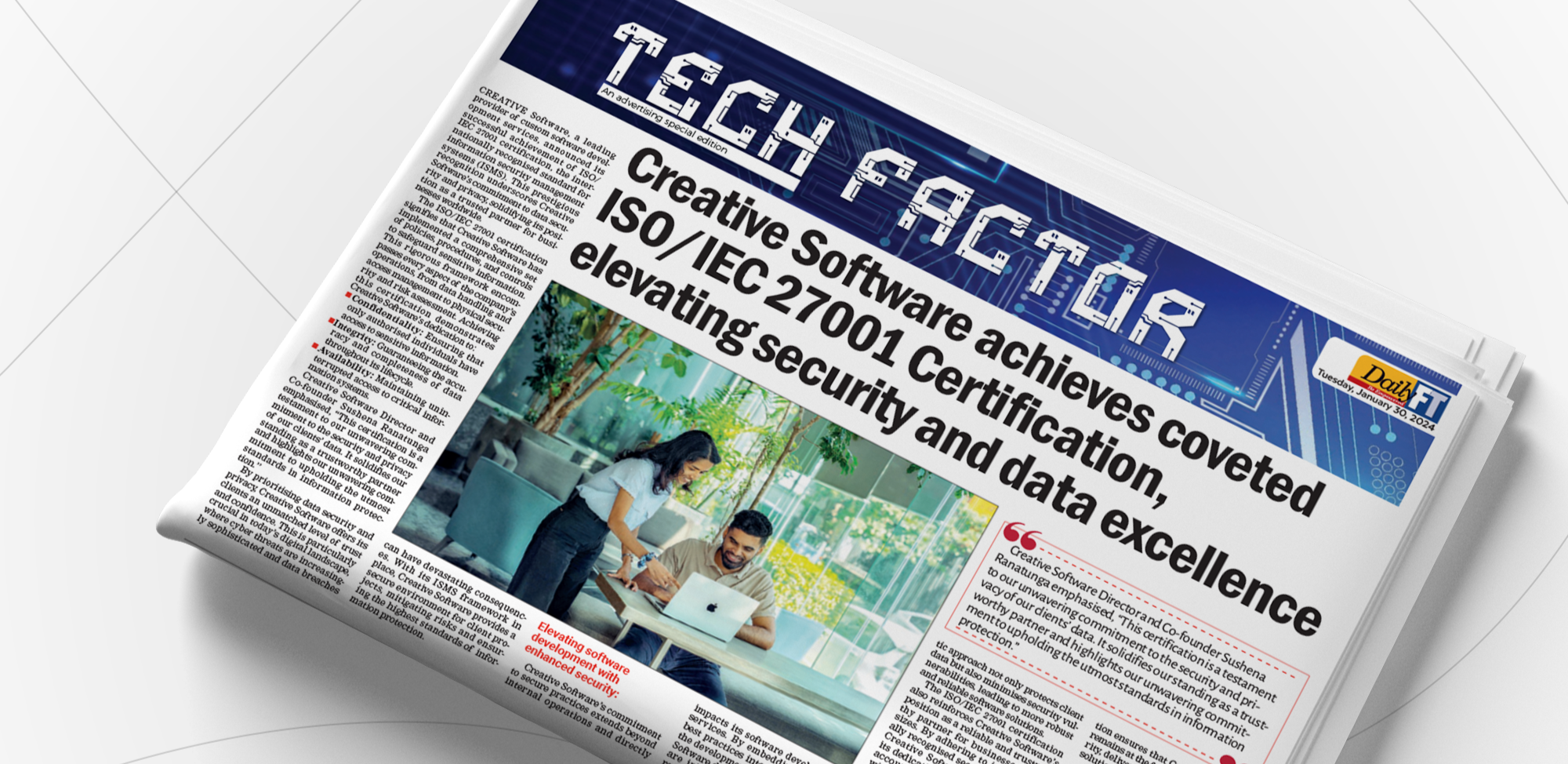Research indicates that peoplespend between two to five years of their lifetime waiting in queues to obtainservices. That is between 17 to 43 thousand hours of an average human lifespan.The dominant cost of this is both physical and emotional stress. Prior to theinception of virtual queuing, we had no choice other than to be in the dubiousposition of finding the correct queue and physically stand in-line until it’sour turn to be served.
What is Virtual Queuing?
Virtual queuing empowers customersto access services without the need to physically wait in-line. It enablescustomers to wait anywhere, monitor their queue position in real-time, andreceive notifications when it’s their turn to be served. Upon arrival, acustomer can be identified by name, phone number, social security number etc.and placed in a virtual queue. The virtual queue is invisible in the sense thatcustomers are not confined to a specific queue position, so they don’t knowtheir position in the queue relative to others. A customer’s position in thequeue is secured by a physical ticket printed by a ticket printer or a mobileticket sent to the customer’s phone as a text message.
How does it work?
With a virtual queue managementtechnology, customers can remotely get in-line through a mobile ticket - anonline ticket that can be viewed on a mobile phone. The process starts with thecustomer checking-in by scanning a QR code or being assisted by a mobileconcierge who is a staff member of the service organisation.
There are several ways a customercould “virtually” get in-line. Below are the most common:
1. Customersuse their mobile phones to scan a QR code which is posted outside the servicepremise (e.g. at the main entrance/door or window)
2. Aweb page or a mobile application will present a list of services from which thecustomer can choose a service and get in-line a virtual queue.
If a customer has confirmed anappointment in advance:
3. Customerwill receive an email or a text message when the appointment is created andenable the appointment for committing a self-arrival through the system.
4. Customerwill be able to “self-arrive” and get in-line for the appointment within apre-defined time period decided by the system based on the actual appointmenttime.
Subsequently,
5. Customerscan wait remotely (may be at the convenience of their home or car) and monitortheir position in the queue through their mobile phones. They will be able toview queue movement progress on a real-time basis (i.e. how they move forwardin the queue from one position to another, expected waiting time etc.) and alsoreceive notifications when they reach a certain position (e.g. 3rd in-line) in the queue.
6. Whentheir turn arrives to be served, a staff member will send a notification to thecustomer through a virtual queueing staff app. Upon receiving thisnotification, the customer can visit the service desk and be served whilemaintaining a safe distance.

What is a Mobile Ticket?
A mobile ticket is a virtualticket which is an alternative to a physical or paper ticket. Customers canobtain mobile tickets using their mobile phones. It provides customers theflexibility to choose a service of their preference and get in-line, sans theneed to get a paper ticket or the help of a staff member. Further, it providesthe convenience and safety of waiting anywhere and the ability to monitor thequeue position and receive notifications. Thus, avoiding the need to bephysically present in a crowded waiting area.
Does Virtual Queuing help Social Distancing?
Virtual queuing is all aboutmanaging the customer journey in a virtual space from the start to end. Thus,customers will be able to maintain a safe distance with the staff members andother customers. Since customers check-in and wait in-line remotely, they avoidinteracting with touchscreens or any other device that require physicalinteraction. There are several important aspects in the virtual queuing conceptwhich helps maintain social distancing.
· Pre-arrival– Book an appointment in advance through an online booking system or a phonecall.
· Self check-in– Scan a QR code which is placed outside the service premise or self-arrive foran appointment which was created in advance in order to check-in whilemaintaining a safe distance.
· Wait remotely– Customers can wait anywhere and monitor their queue position and progressremotely, receive a notification when they reach a certain position in thequeue and when they are called to be served.
Whatare the Benefits of Virtual Queuing during the COVID-19 Pandemic?
Virtual queue management solutionsoffer great benefits in an environment where COVID-19 related healthregulations need to be adhered by service providers (such as social distancing,limiting service floor crowding etc.), yet it is essential for the serviceprovider that the business operations remain efficient and productive.
Some sectors that will benefitfrom implementing virtual queue management solutions include:
· Public Administration:Government agencies and public service organisations
· Healthcare:Hospitals, Clinics, COVID-19 test/quarantine centres and other healthcarefacilities
· Retail:Supermarkets, Pharmacies and other essential retail stores
· Financial Institutes:Commercial Banks
As an increase in customerfootfall can be expected in establishments operating in the above sectors, avirtual queuing solution will help streamline service efficiency, maintainsocial distancing, limit the number of visitors, and enable optimising customerexperience at face-to-face customer touch points while avoiding unscheduledvisits to minimise crowd gathering at the service floor. This in turn leads tothe safety of customers and the service staff during the pandemic.


.png)




